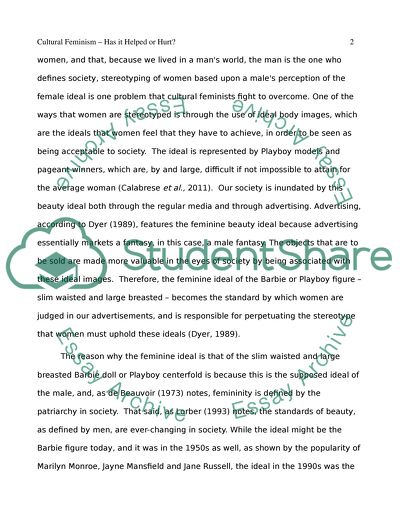Cite this document
(“Assess the view that feminism has succeeded in its aims Essay”, n.d.)
Retrieved from https://studentshare.org/gender-sexual-studies/1476542-assess-the-view-that-feminism-has-succeeded-in-its
Retrieved from https://studentshare.org/gender-sexual-studies/1476542-assess-the-view-that-feminism-has-succeeded-in-its
(Assess the View That Feminism Has Succeeded in Its Aims Essay)
https://studentshare.org/gender-sexual-studies/1476542-assess-the-view-that-feminism-has-succeeded-in-its.
https://studentshare.org/gender-sexual-studies/1476542-assess-the-view-that-feminism-has-succeeded-in-its.
“Assess the View That Feminism Has Succeeded in Its Aims Essay”, n.d. https://studentshare.org/gender-sexual-studies/1476542-assess-the-view-that-feminism-has-succeeded-in-its.


